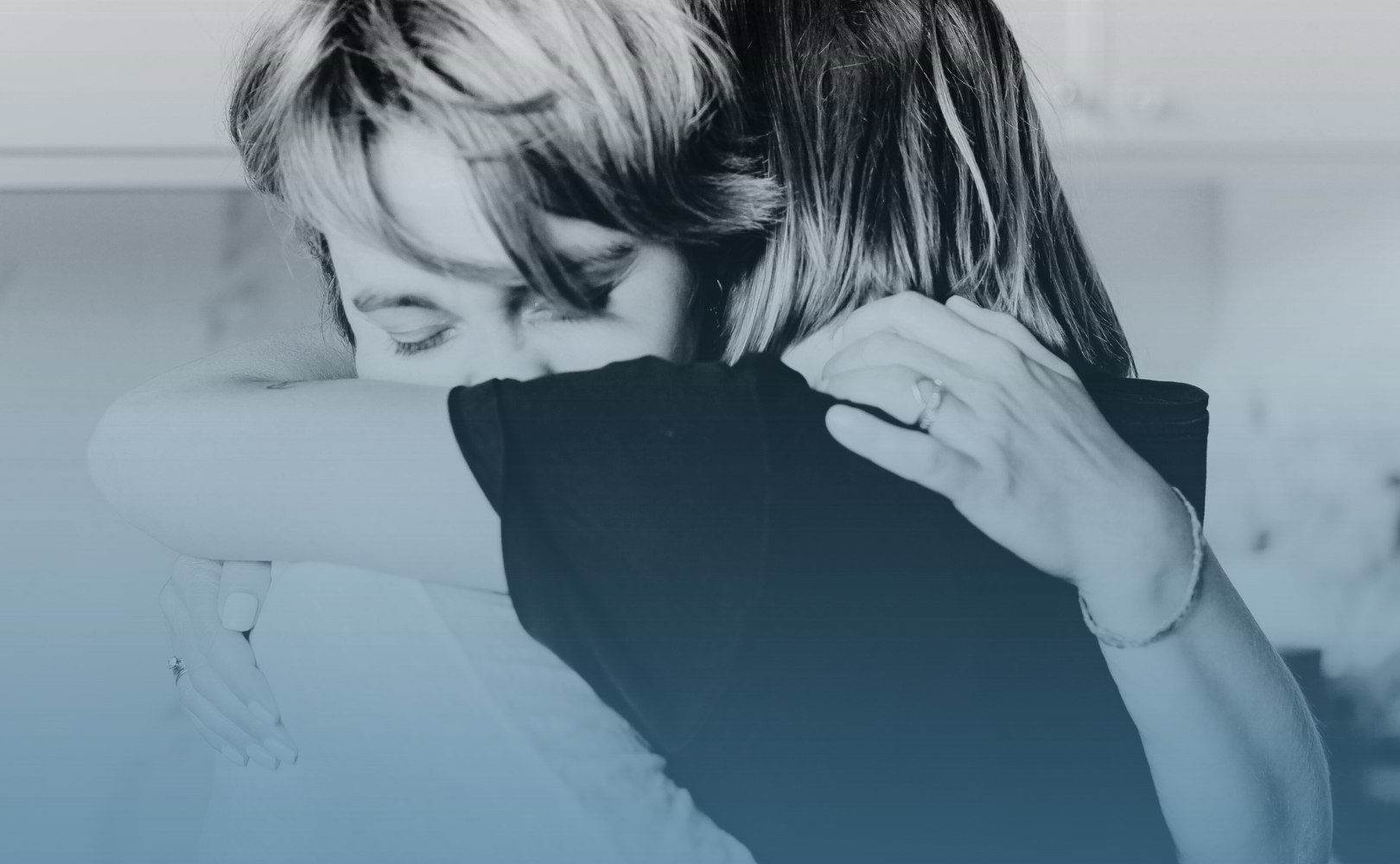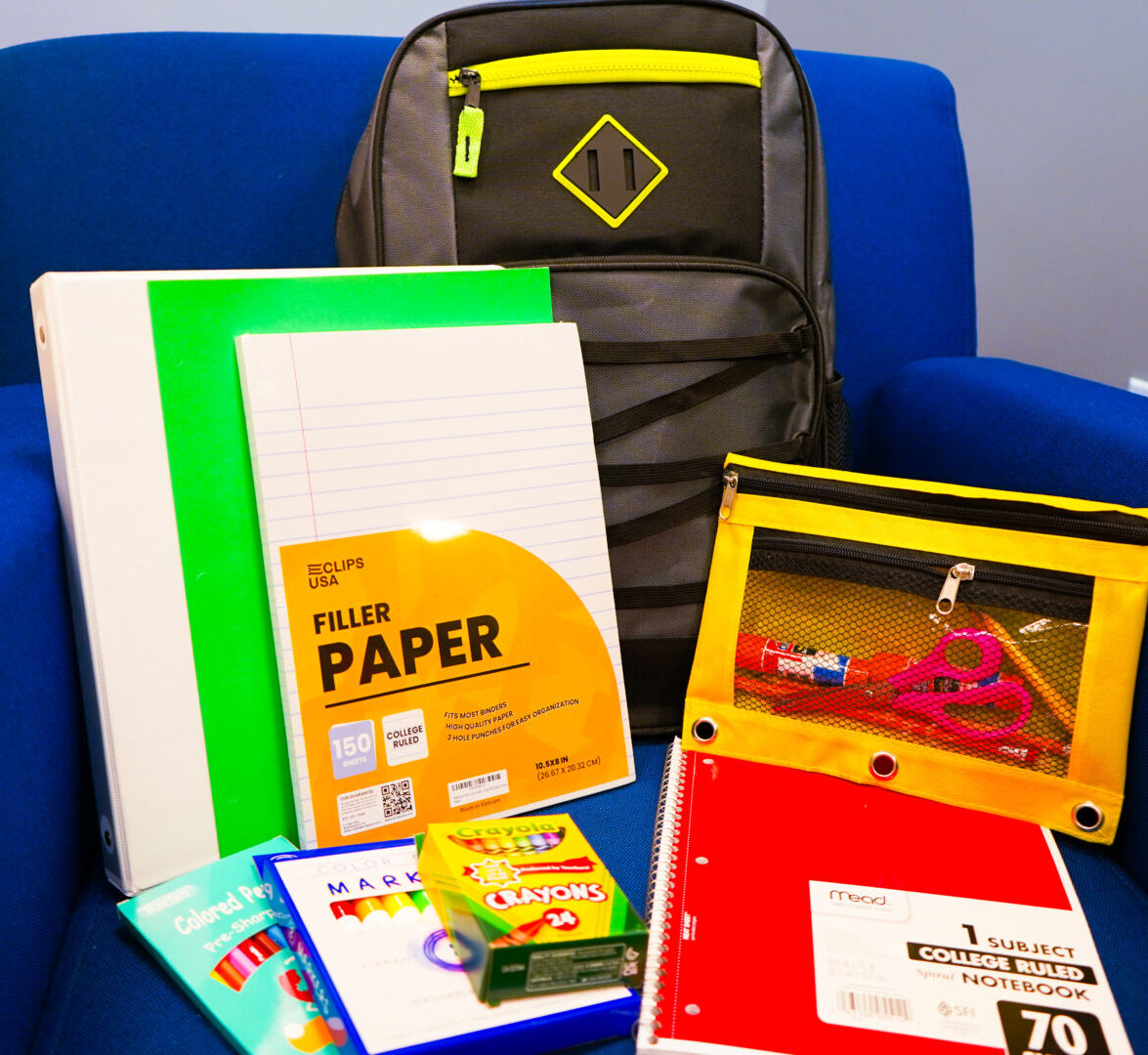Each year, over 600,000 children experience abuse and neglect across the nation. There are many assumptions about what abuse looks like and how to address it. Unfortunately, assumptions may cause us to dismiss valid disclosures and even come up with alternative explanations because it is easier to think that a child was confused, misled or even lying than to believe the things they tell and show us are true.
Instead of trying to explain it away, ignore it, or choose not to believe those youngest and most vulnerable, let’s choose to believe, support, and protect. Children should not carry the entire burden of what they have endured. This Child Abuse Prevention Month, let’s learn the signs of child abuse and neglect, so we can ensure children know we will believe, advocate for, and protect them. If it is hard for us as adults to do this, imagine how it feels for a child.
Signs of Child Abuse
When we hear about child abuse, our minds often go to types of abuse we can see, physical abuse, like unexplained bruising. But child abuse takes on many forms that aren’t as visible such as neglect or psychological abuse. Here are six signs that may indicate that a child is experiencing abuse or neglect.
- Abrupt changes in behavior. A child experiencing abuse may have a sudden or “out of the blue” shift in their behavior. This can look like seeming depressed, becoming more aggressive, or withdrawing from social activities.
- Fear of going home. If a child shows fear or anxiety when it is time to return home, they could be unconsciously indicating that something in their home life makes them scared.
- Changes in eating. Stress eating or lack of appetite can be indicators that a child is experiencing abuse.
- Changes in school performance or attendance. A child who is experiencing abuse may have difficulty concentrating on schoolwork or have an increase in absences. These absences are often the result of adults trying to hide the abuse by keeping the child away from school since all teachers are mandated reporters.
- Lack of personal care or hygiene. One of the most common signs of neglect at home is the appearance of being “unkempt” or “dirty”. When neglect is present, the child may not have regular access to hygiene supplies or weather-appropriate clothing. This can also be an indicator of sexual abuse because a child may be trying to appear “less appealing” or desirable to their abuser.
- Inappropriate sexual behaviors. Children who have experienced sexual abuse may exhibit overly sexual behaviors. While we may see this as a child trying to act more “mature” for their age, it is often an indicator that a child has been sexually abused.
These signs of abuse or neglect are not the only ones but are strong examples of what to look out for if a child is experiencing abuse. Knowing how to recognize when a child may be experiencing abuse or neglect helps put us in a prevention mindset, rather than a “not my business” mindset.
If a Child Discloses Child Abuse or Neglect
A child, if they ever choose to disclose, may only disclose once. And may not disclose everything. It is not at all uncommon or surprising that a child may share different parts of their abuse with different individuals and it does not make their disclosures any less believable or credible.
This is why speaking up for children is crucial. It is our business to speak up.
Speaking up is vital in helping to protect children. If we all believe that someone else will speak up, rather than taking action ourselves, we run the risk of no one ever speaking up to help the child.
Get Involved
This Child Abuse Prevention Month, we invite you to be a part of building brighter futures and preventing child abuse–whether that’s by learning and sharing the signs of child abuse and neglect with your networks, or making a donation to support programs like our Children’s Advocacy Center. We hope you’ll join us in keeping children safe throughout this month, and beyond.




